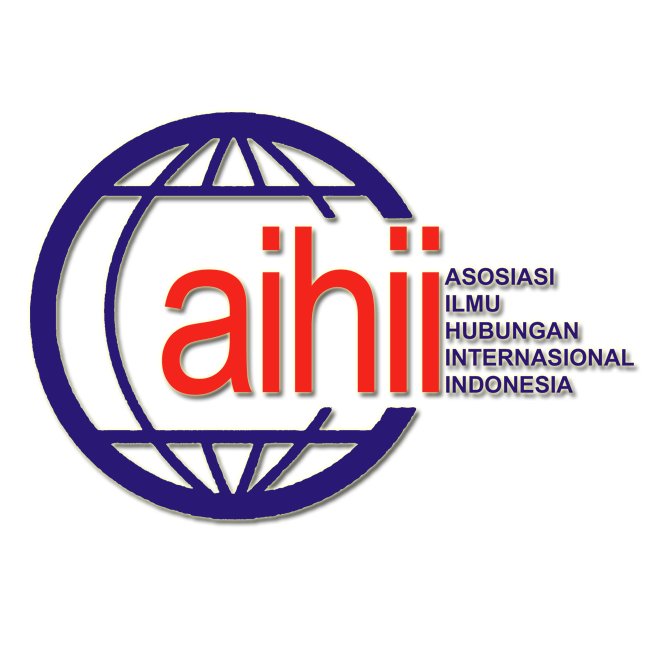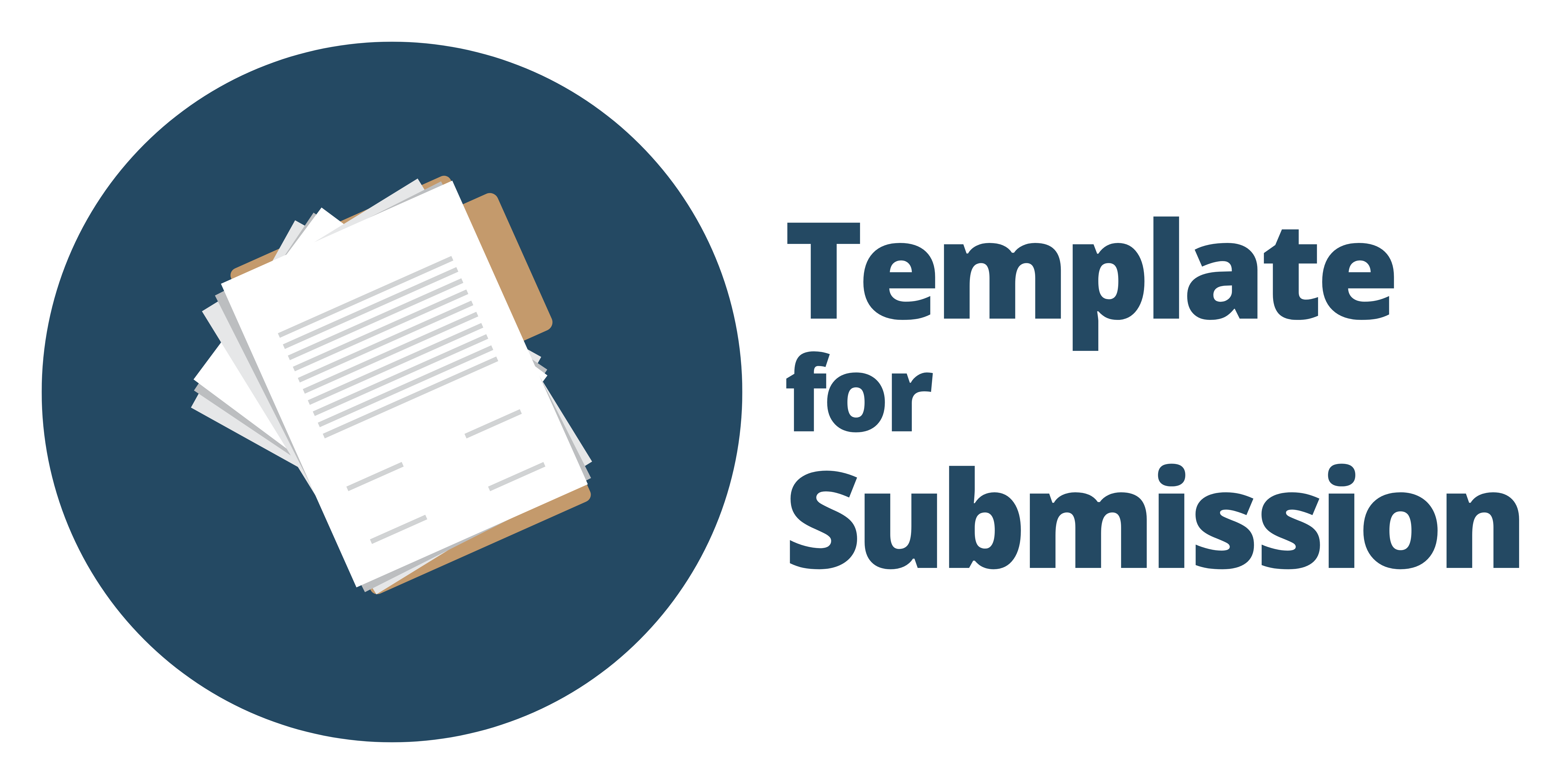Submissions
Submission Preparation Checklist
As part of the submission process, authors are required to check off their submission's compliance with all of the following items, and submissions may be returned to authors that do not adhere to these guidelines.- The submission has not been previously published, nor is it before another journal for consideration (or an explanation has been provided in Comments to the Editor).
- Article body is written in 5000 words excluding bibliography, Ebrima 11 pt., 1.5 spacing, on A4 size paper (upper, left, right and bottom margin arrangements of 3.0 cm), in Microsoft Word (doc or .docx) or Rich Text Format (.rtf ). Tables, graphs, and figures in the article should not be more than 5 (five)
-
The author is expected to include full name, affiliation (department and university, for example: Department of International Relations, Universitas Pembangunan Nasional Veteran Yogyakarta), and telephone or email in the Message for Editor column on the submission page.
- The author should outline his/her article systematically. See the specified manuscript template for original research article and critical literature review.
-
The author should use American Psychological Association (APA) referencing style. Direct or in-text reference in the body of the article with the following conditions.
- Articles can be written in English or Indonesian as long as they meet the standard of scientific writing. The article written in Bahasa Indonesia should comply to Pedoman Umum Ejaan Bahasa Indonesia yang Disempurnakan (Depdikbud, 1987). For the English-language articles, we recommend using the standard spelling of British English.
Copyright Notice
1. Copyright of this journal is possession of Pena Wimaya Journal, article is by the knowledge of the author, whilst the moral right of the publication and the copyright of article belongs to the author.
2. The legal formal aspect of journal publication accessibility refers to Creative Commons Attribution-Non Commercial-No Derivative (CC BY-NC-SA), implies that publication can be used for non-commercial purposes in its original form.
3. Pena Wimaya Journal has the right to change the format, republish with the author's name and archive articles.
4. Every publication (printed/electronic) are open access for educational purposes, research, and library. Pena Wimaya Journal is not responsible for copyright violation other than the three aims mentioned above.





